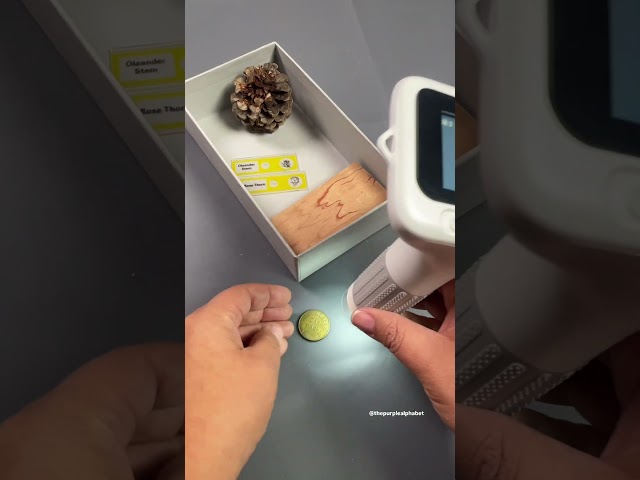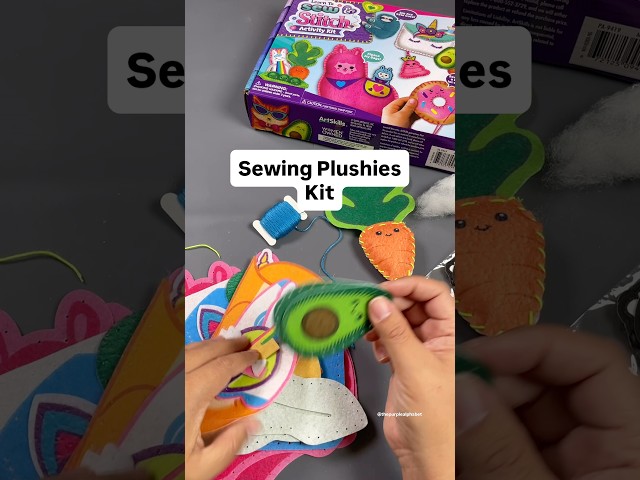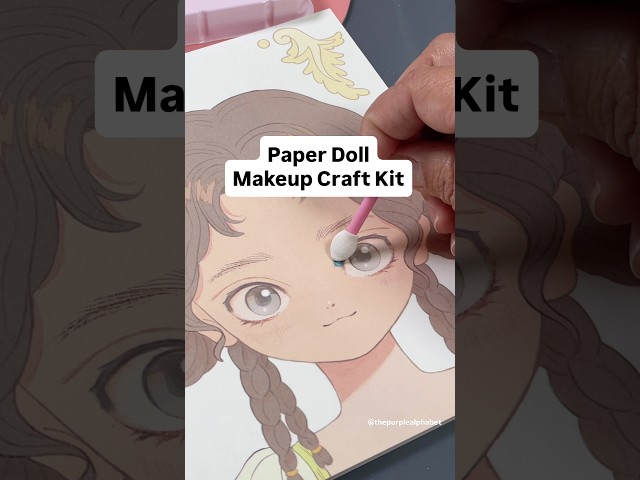Understanding ADHD in Children
Attention Deficit Hyperactivity Disorder (ADHD) is a neurodevelopmental disorder that affects children and can continue into adulthood. It is characterized by symptoms such as inattention, hyperactivity, and impulsivity. These symptoms can present challenges in everyday life, especially in environments like schools where focus and sitting still are often required.
The good news is that there are various activities that can help manage ADHD symptoms, improving a child’s ability to focus and control impulses. Tailoring activities that cater specifically to the needs of children with ADHD can be an effective strategy in managing the condition.
Benefits of Physical Activities
Engaging in physical activities can significantly help children with ADHD. Exercise increases the brain’s production of dopamine, norepinephrine, and serotonin—chemicals that play important roles in attention and focus. Here are some recommended physical activities:
- Martial Arts: Martial arts such as karate, taekwondo, or judo involve routines and practice that help instill discipline and focus. These activities also encourage the setting and achieving of personal goals.
- Swimming: This full-body exercise can be soothing and helps improve coordination and concentration. The structure of swimming lessons can provide beneficial routine.
- Team Sports: Sports like soccer or basketball provide a structured environment where children learn to follow rules, work with teammates, and stay focused on tasks.
- Yoga: Practicing yoga can help children relax and improve their attention span. The focus on breathing and movement can be particularly calming and centering.
Creative Activities for Focus
In addition to physical activities, engaging in creative arts can also help improve focus and self-expression among children with ADHD:
- Painting and Drawing: These activities can help kids express themselves when they find it difficult to do so verbally. Art allows for an outlet of creativity, while also improving focus as they concentrate on the task at hand.
- Music: Whether learning an instrument or simply listening to music, this medium can improve concentration and provide a sense of achievement.
- Theater: Participation in drama or theater can help with self-discipline and focus, as children memorize lines and learn to stay ‘in character’.
- Dance: Similar to yoga, dance combines physical movement with rhythm and can be a fun way to improve coordination and focus.
Mindfulness and Relaxation Techniques
Practicing mindfulness can be especially beneficial for children with ADHD. These techniques can help reduce stress and improve concentration:
- Meditation: Simple meditation exercises for kids involve focusing on their breathing. Even a few minutes a day can make a significant difference in reducing impulsivity.
- Deep Breathing Exercises: Teaching children how to use deep breathing as a calming technique can be helpful in many situations, improving their ability to control impulses and manage stress.
Incorporating Routine and Structure
While spontaneity has its place, children with ADHD often thrive in environments that offer routine and structure:
Organizing daily activities and setting clear expectations can make it easier for children to focus and deal with tasks. Activities that integrate structure, such as puzzle-solving or building with blocks, can also improve their problem-solving skills and patience. Maintaining a regular schedule helps children understand what to expect, making transitions smoother and potentially reducing anxiety.
Conclusion
Finding the right balance of activities and integrating them into daily life is essential for helping children with ADHD manage their symptoms. By participating in a mix of physical, creative, and mindfulness activities that are both engaging and structured, children can improve their focus, discipline, and overall well-being. Parents, educators, and caregivers play a vital role in guiding children towards activities that not only manage ADHD symptoms but also highlight and nurture their unique strengths and interests.






